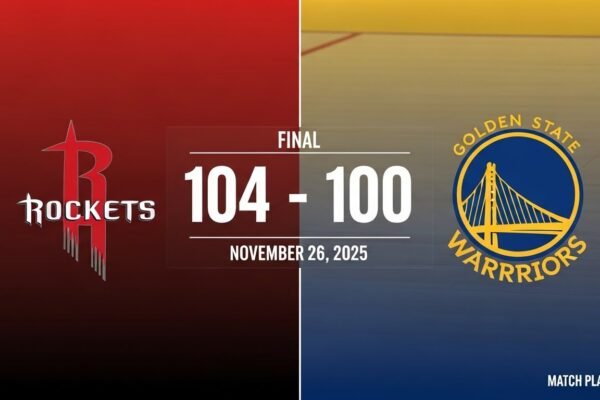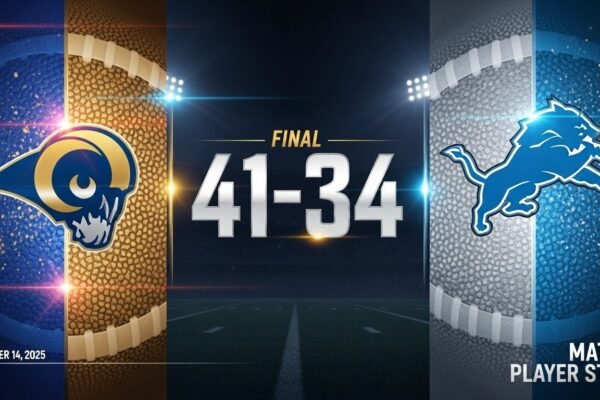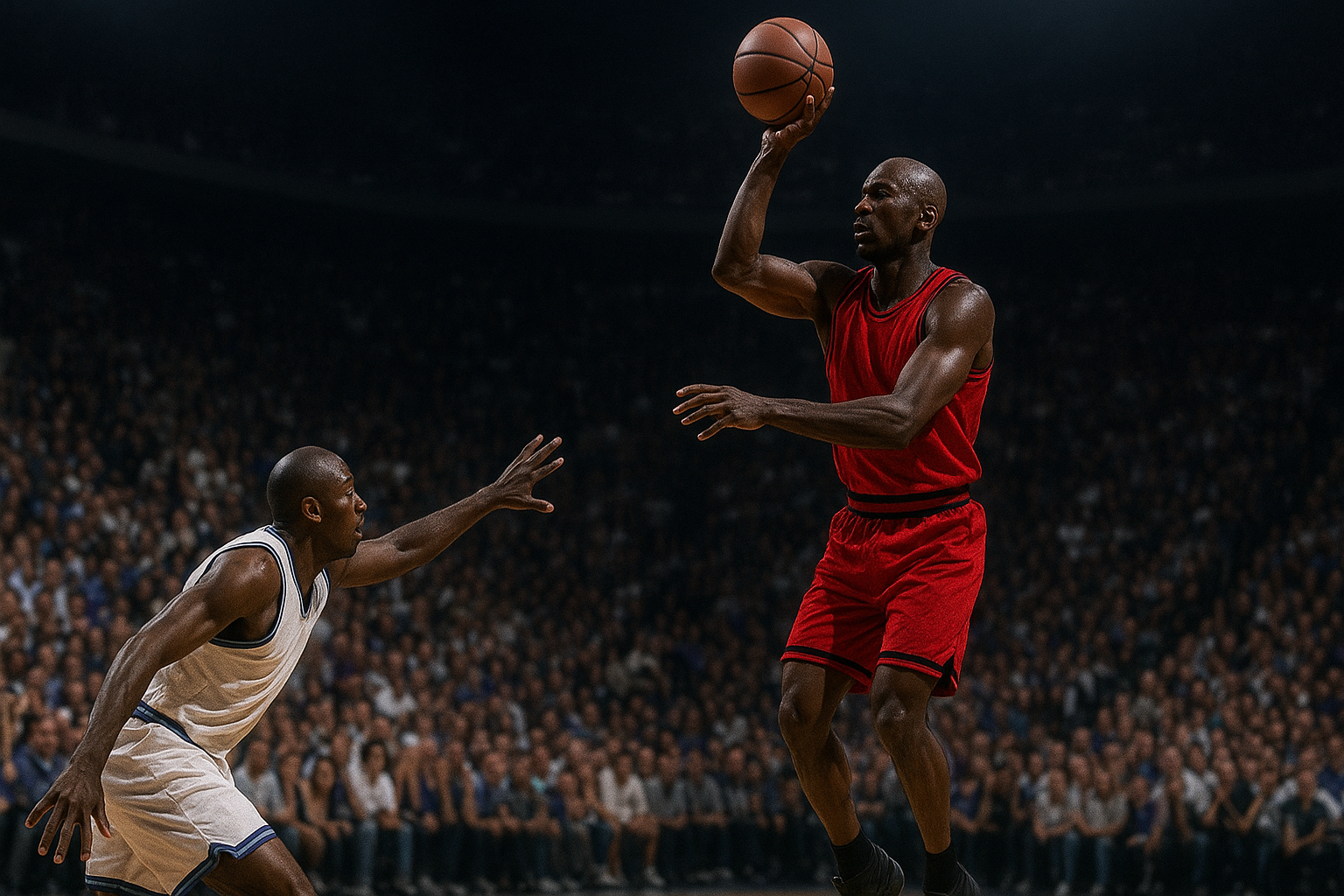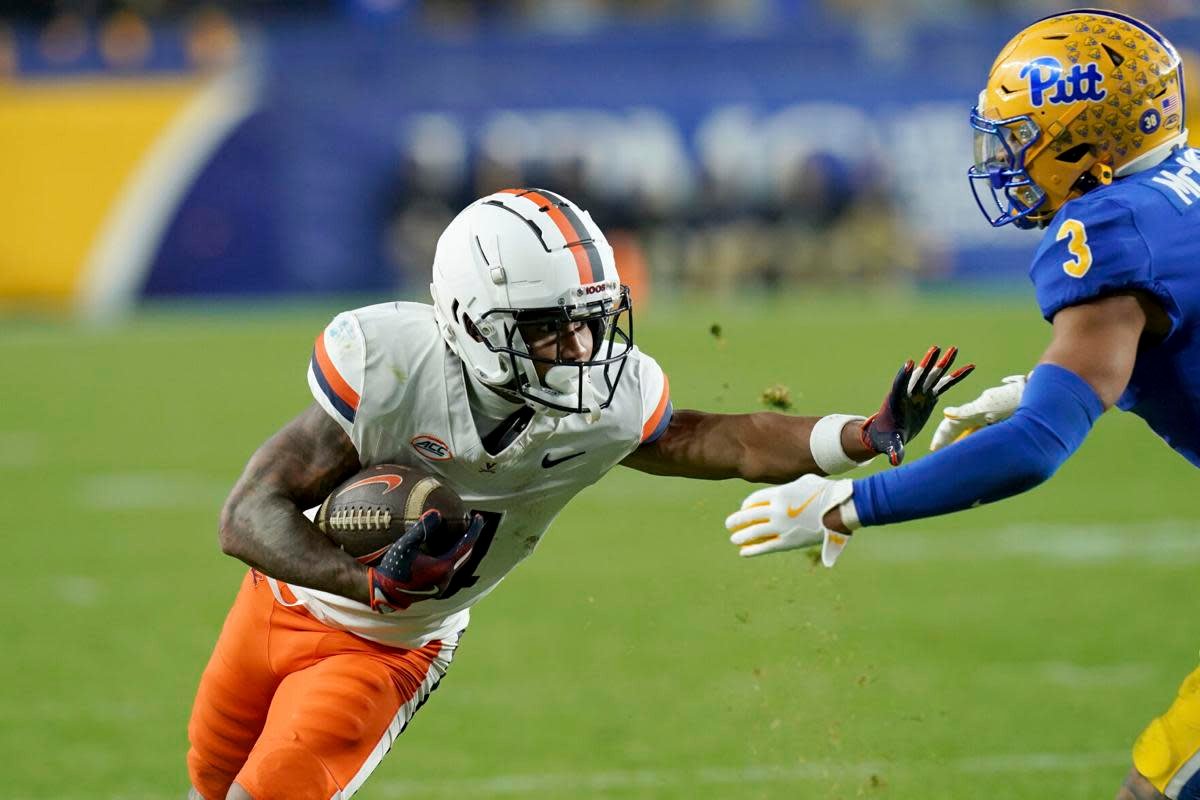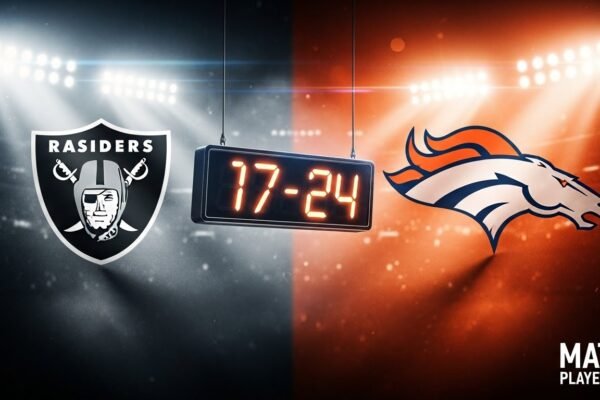
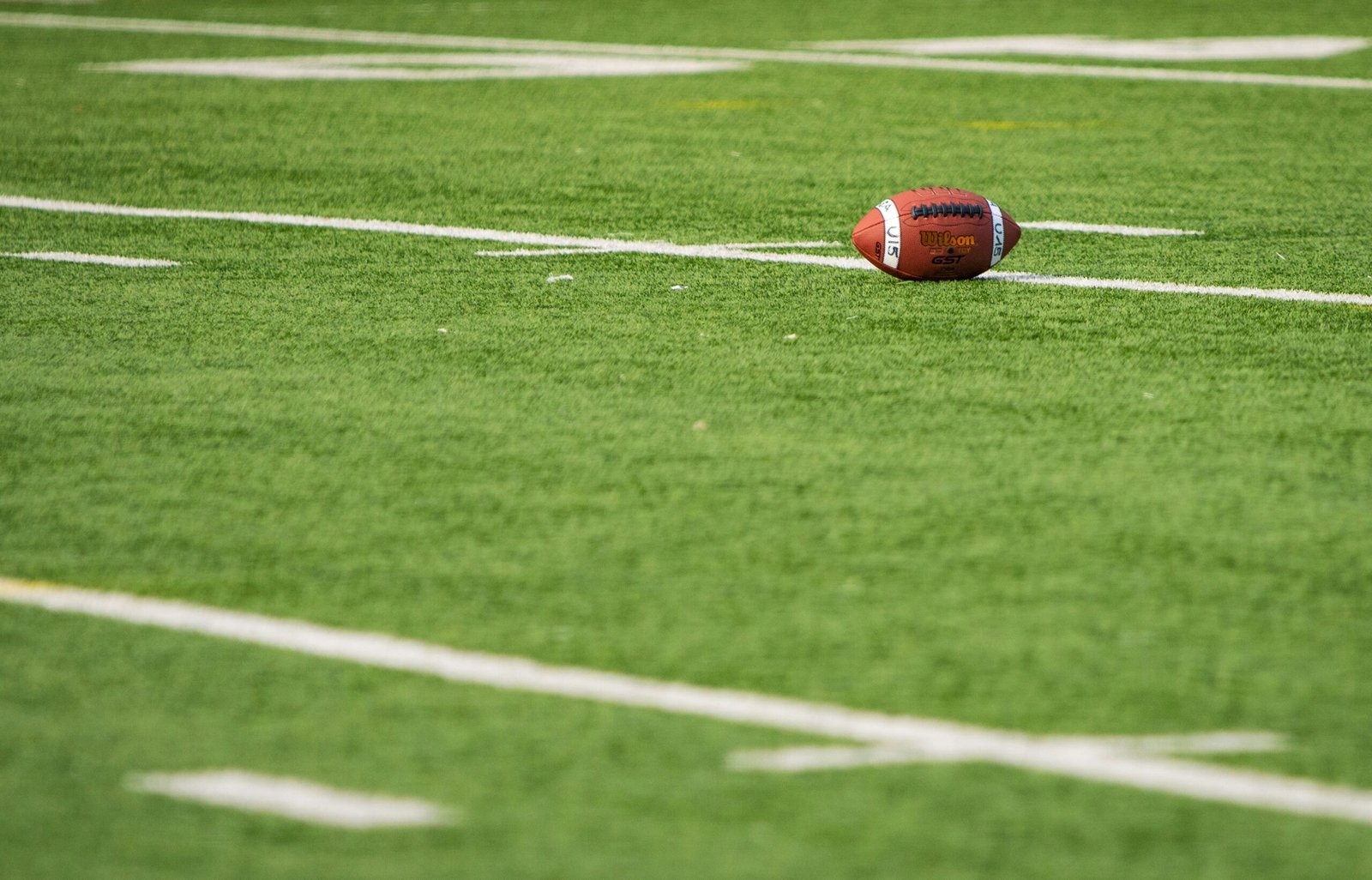
Understanding NFL Betting Lines: Opening vs. Closing
NFL betting lines are living, breathing reflections of the football world, shifting as fast as the news cycles that fuel them. One moment, a team opens as a three-point favorite. By Sunday morning, that same team might be listed at minus one.
Those subtle movements tell a story, not of luck or chaos, but of market reaction, sharp insight, and collective opinion.
Understanding the difference between opening and closing lines helps bettors see how oddsmakers, analysts, and fans shape the betting landscape before every kickoff.
How Oddsmakers Set the Opening Line
Every line starts with a blend of data, expertise, and a little intuition. Oddsmakers post opening lines, the first publicly available odds, within a day of the previous week’s games ending. These early numbers aren’t guesses; they’re the result of deep modeling.
They (courtesy of some bespoke algorithms) consider team power ratings, past matchups, injuries, home-field advantage, and even fatigue from travel schedules. The goal is straightforward: create a number that encourages roughly equal betting on both sides. When the balance is right, the sportsbook has done its job.
Behind the scenes, sportsbooks rely on statistical models similar to those used by analysts at major sports networks. These models weigh thousands of factors, from yards per play to defensive efficiency.
A team’s perception also matters. A powerhouse franchise might open with a stronger line simply because the public tends to back them. This early bias can influence the initial spread even before a single bet is placed.
What Causes Lines to Move
Once the opening line hits the board, the market takes over. Bettors, experts, and even insiders begin reacting, and that’s when the fun begins.
Line movement isn’t random. It’s a result of ongoing “price discovery,” where the market collectively decides what the true number should be.
The main factors driving these shifts include:
- Betting Volume: If heavy action lands on one side, sportsbooks adjust to balance incoming wagers and keep exposure even,
- Breaking News: Late-week injury reports, surprise roster moves, and weather forecasts can cause quick corrections,
- Sharp Money: Professional bettors often act early when they see inefficiencies. Their substantial wagers can prompt significant adjustments even if overall volume is low.
When a star quarterback is ruled out on Thursday or a snowstorm rolls into Green Bay, the line reacts, often immediately. That’s the market’s way of recalibrating expectations.
Tracking Line Movement Throughout the Week
To truly understand NFL odds, it helps to follow how they evolve between Monday and Sunday. The shifts tell a story about sentiment, information, and timing.
Many fans keep tabs on how the lines move by using platforms like FanDuel Sportsbook, where live NFL odds update constantly throughout the week. Watching the spreads change in real time offers a clear picture of how news, analysis, and betting trends influence the numbers.
Early in the week, movement often reflects sharp bettors identifying opportunities before the broader public catches on. As game day approaches, public sentiment, driven by talk shows, social media, and fan enthusiasm, starts to weigh in.
The result is a constantly adjusting number that mirrors the collective mood of the football community.
Sharp Money vs. Public Sentiment
Two groups shape the betting market: professionals and the general public. Understanding the distinction between their influence helps explain why lines move the way they do.
Public Sentiment (“Square” Money)
Casual bettors, the majority of the audience, often follow emotional patterns. They back their favorite teams, star players, or trending storylines. If a team dominates the headlines after a big win, public money usually follows, even if the matchup doesn’t justify it.
Professional Action (“Sharp” Money)
Sharps bet differently. They’re analytical, disciplined, and tend to act early in the week when lines are most vulnerable to change. Sportsbooks monitor this kind of action closely because sharp bettors often recognize when an opening line doesn’t fully reflect reality.
Reading Between the Lines
Sometimes, the line moves in the opposite direction of public betting, a phenomenon known as reverse line movement. For instance, if 80% of the wagers back the Chiefs, yet the line shifts in favor of their opponent, it suggests respected bettors (and their money) are pushing the market the other way.
These movements don’t guarantee outcomes, but they do reveal how different voices within the market influence the final number.
The Importance of Key Numbers
In the NFL, certain point margins carry special weight. Games often end with differences of three (a field goal) or seven (a touchdown). Because of this, line movement around these “key numbers” is especially significant.
A spread moving from -2.5 to -3.5 might not seem like much, but in practice, it represents a major change in the perceived competitiveness of the game. Sportsbooks treat these thresholds carefully, often hesitating to move across them unless the market forces their hand.
Understanding where the line sits relative to key numbers can help fans interpret whether movement is minor market noise or something more substantial.
Applying Line Movement Insights to Real Games
Every line tells a story, and savvy fans can learn a lot by paying attention to how it unfolds. Line movement reveals how analysts, sharps, and sportsbooks react to new information over time.
When the line moves early in the week, it’s often driven by professional analysis. Late shifts closer to kickoff tend to come from breaking news or surges in public enthusiasm. Tracking both can offer insight into which narratives are shaping the game’s expectations.
For those who enjoy diving deeper into matchups and understanding why certain lines shift, NFL game matchups and prop insights provide context behind the numbers, from team tendencies to statistical mismatches that can move the odds.
The Game Behind the Game
By the time kickoff arrives, the closing line has absorbed every piece of relevant information, injuries, weather, betting trends, and expert sentiment. It’s the most refined version of the market’s collective judgment.
While the opening line sets the stage, the closing line represents the consensus. It shows where the dust has settled after a week of speculation, strategy, and adjustment.
For NFL fans, understanding that evolution, from the moment the first odds appear to the final whistle before kickoff, transforms the way you see the game.
Each shift reflects more than numbers; it’s a snapshot of how an entire sports community reacts, predicts, and debates what’s coming next on the field.
*Content reflects information available as of 22/10/2025; subject to change

